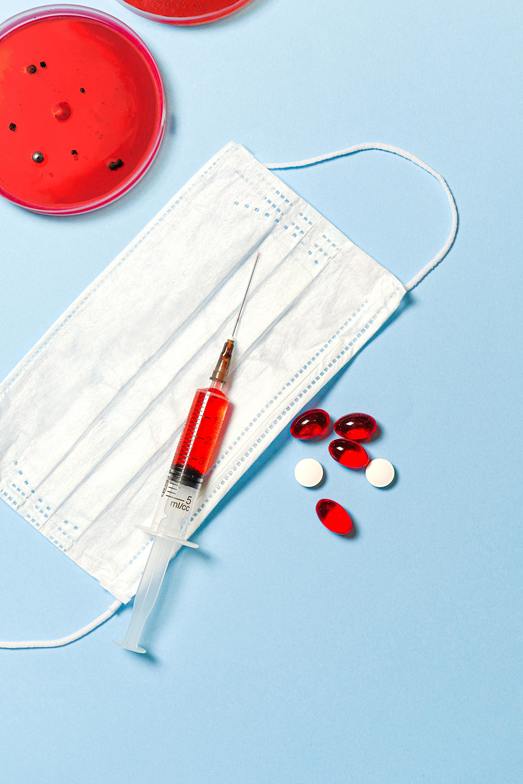
When a person is in pain, everything else in their life gets put on the back burner - walking the dog, cooking dinner, or even taking a shower may have to wait until the pain passes. When the pain is bad, the only thing on your mind is “how do I get out of pain?” Back pain accounts for one third of medical expenses in the United States and is one of the most common reasons for work absence. While treatment of back pain should be handled with a combination of conservative care and medications, life sometimes pushes us to a temporary fix. When it comes to back pain, relying on the temporary fixes can lead to worse problems down the road.
The first thing you may go for if you are experiencing back pain is some sort of over-the-counter NSAID. Taking a NSAID can help reduce pain in the short term and make it easier for you to work on rehabilitation from the cause of your back pain. The trouble starts if you only take the NSAID and skip the rehabilitation; in most cases, the back pain will return because the cause of the pain was not addressed. Constantly taking NSAIDs may prevent back pain, but can lead to problems with the stomach. NSAIDs affect the stomach’s ability to protect itself from its own acid, which can lead to ulcers. Studies have found ulcers and erosions of the stomach in 30% of chronic NSAID users. This can be dangerous because stomach ulcers may lead to life threatening GI bleeding.
A common treatment recommended by some primary care providers is cortisone injections. Cortisone injections are a great tool used for helping with certain back pain. Something we see far too often is cortisone shots being used for the wrong type of back pain. Cortisone is a strong anti-inflammatory that should only be used for intense nerve pain. Causes for this type of pain are oftentimes large disc herniations or narrowing of the spinal canal. Cortisone shots will have a large impact on the pain from these conditions, but won’t be as effective for lesser problems. In the absence of intense nerve pain, the cause tends to be from muscle tightness and joint stiffness, two problems cortisone has no effect on. Long term use of cortisone injections is not advised and most offices won’t give more than three shots each year. It turns out that cortisone actually breaks down the cartilage in your joints which can lead to accelerated arthritis and increased pain down the road.
Both of these pain control methods have their place in the recovery process; while exercise and strengthening are the most effective way to eliminate back pain, the rehabilitation process may not be possible if you are in too much pain to move. Temporary uses of these drugs can help reduce the pain to start that rehabilitation process. Here at your favorite local Rochester chiropractor, Rush-Henrietta Family Chiropractic, we implement techniques that can have a similar effect to these drugs; electrical muscle stimulation helps reduce inflammation and relaxes muscles to reduce pain. Chiropractic adjustments improve joint mobility which will reduce pain and improve motion. Our office regularly works together with primary care providers to combine conservative treatment and medications in a safe and effective way. If you are in the Rochester, NY area and don’t want to rely on drugs for your back pain, give us a call to schedule your appointment!



